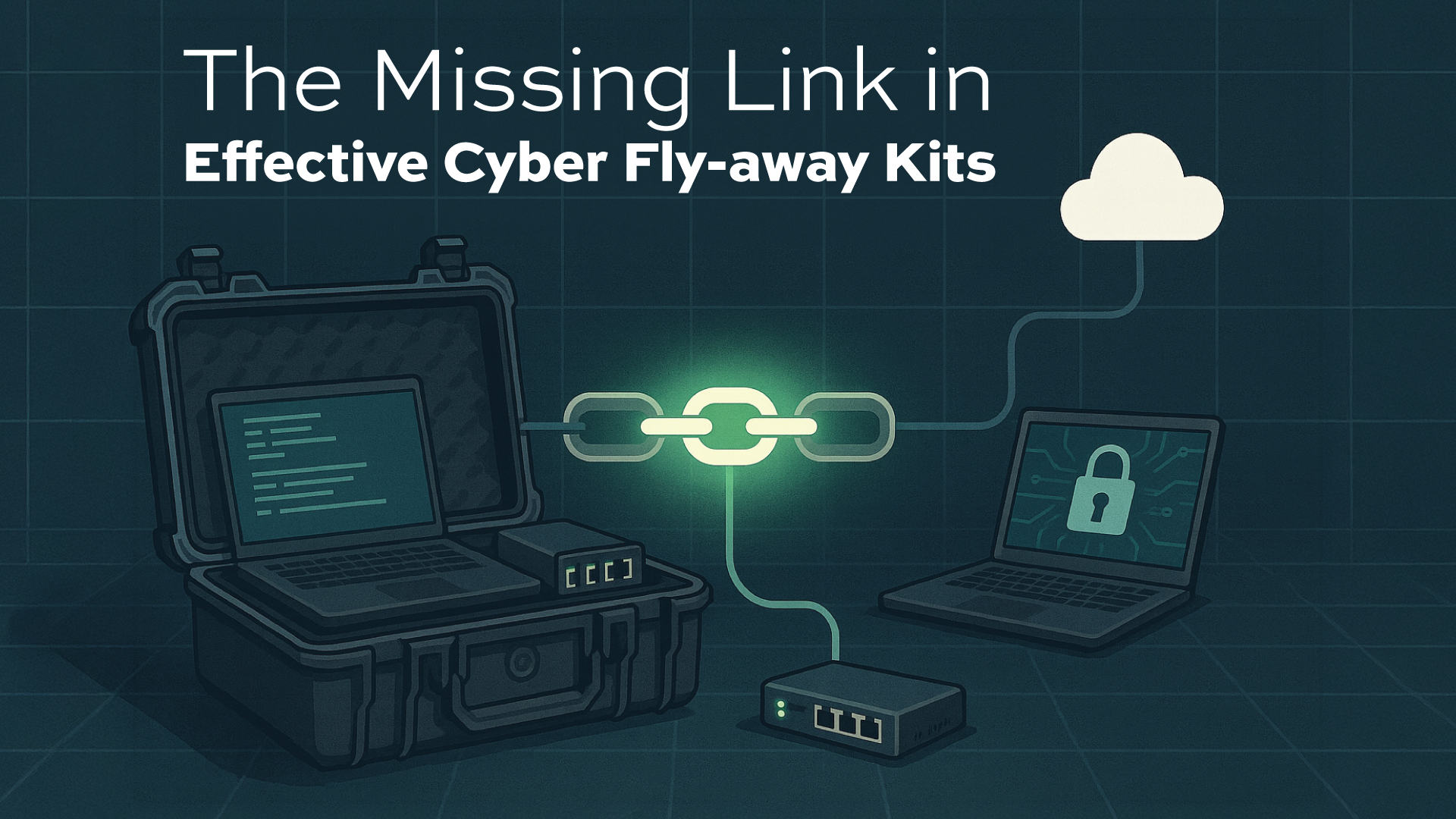Why the 2025 SANS OT Report Matters for OT Visibility
The 2025 SANS OT Report reveals a critical gap in OT cybersecurity: visibility deep inside control networks remains dangerously limited. While detection and containment are improving, most...






